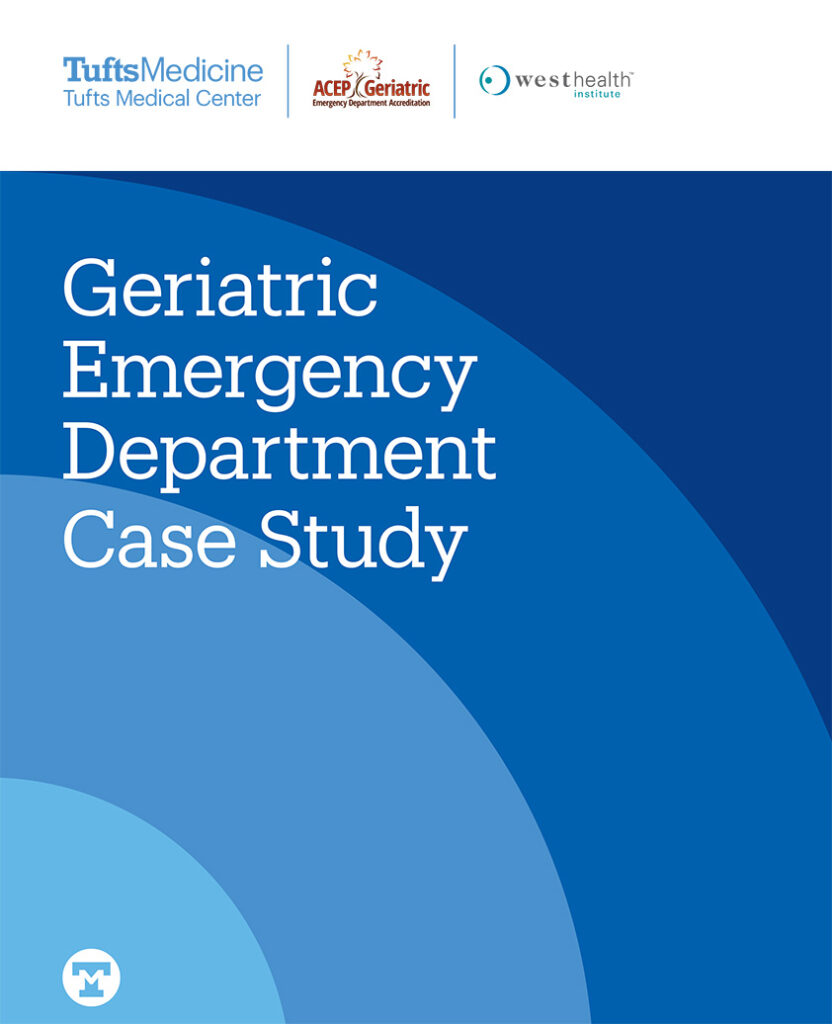Tufts Medicine Geriatric Emergency Department Case Study
Tufts Medical Center, located in the heart of Boston’s Chinatown, serves a diverse population. Between 15% and 20% of patients speak Cantonese or Mandarin, and roughly 11% of emergency department (ED) patients seen are 65 or older. In 2018, Tufts Medical Center was the first hospital in New England to become a Level 1 Geriatric Emergency Department (GED). After embedding geriatric screenings into their electronic medical record (EMR) system, Tufts saw a surge in the completion of screenings for conditions such as delirium.
In one month alone, Tufts Medical Center increased the physician delirium screening (B-CAM) from 40% to 90%. Delirium is known to contribute to increased mortality and hospital length of stay, and these risks are why screening has become imperative to clinical ED leaders. Tufts Medical Center has made it their goal to ensure all appropriate resources are available to their vulnerable populations, which is why Tuffs to continues to be a leader in geriatric emergency care.



